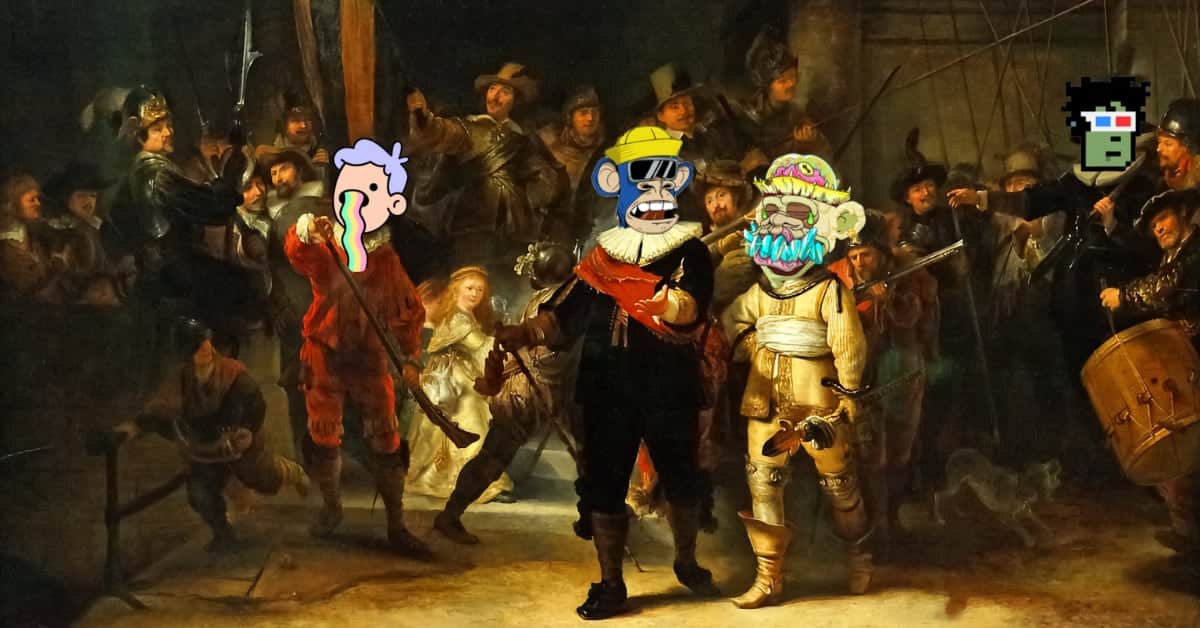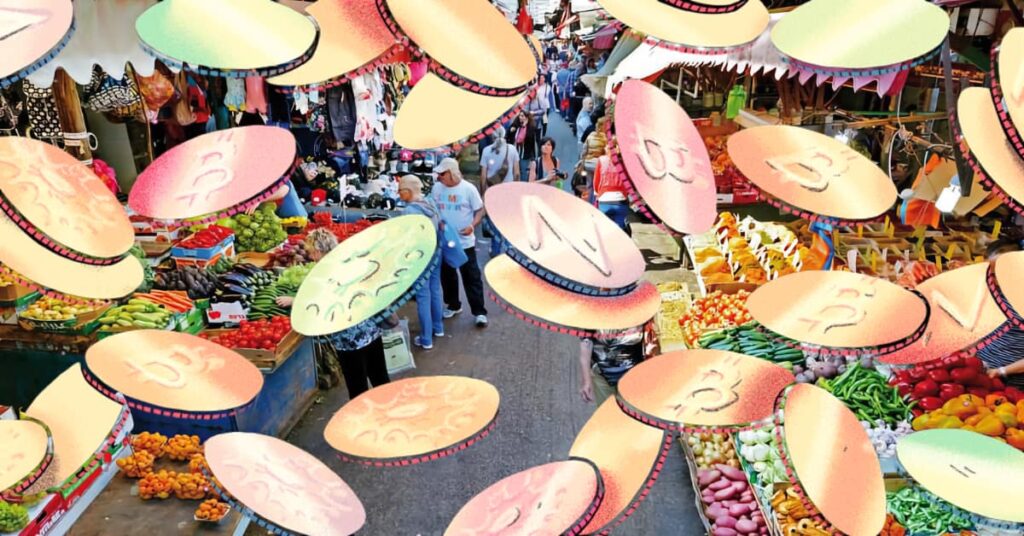With cryptocurrency on the rise, more and more digital artists, musicians, and content creators are selling their work as NFTs.
In 2021, NFT trading volume totaled more than $23 billion, reflecting a mind-blowing increase of more than 20,000% since 2020. You may be thinking, what actually IS an NFT? Read our guide to get a better understanding of this new phenomenon.
NFT’s explained
NFT stands for non-fungible token. The term “non-fungible” means that NFTs are not interchangeable for other items. You can’t even exchange one NFT for another because it’s considered a totally unique piece with its own distinct value.
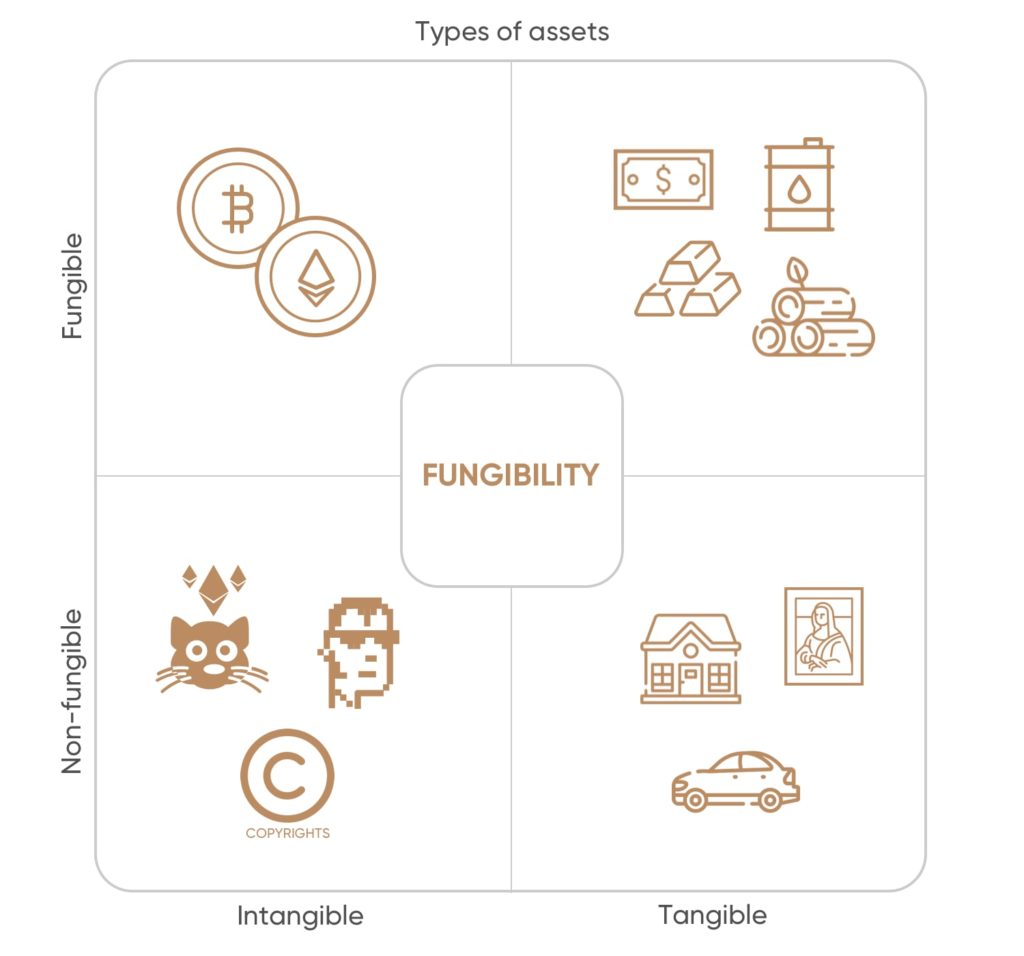
An NFT can consist of just about anything, including artwork, music, videos, memes, GIFs, or digital trading cards.
Non-fungible tokens can be purchased with cryptocurrency from special marketplaces. Buyers may resell them later or display them in their public galleries.
Like cryptocurrency, NFT ownership is always recorded on a blockchain, which means that anyone can see who owns the NFT. What’s more, the evidence of NFT ownership is freely available online.
NFTs often come with extra features, but some of them don’t unlock until the token is bought for the second time. Artwork creators can also earn royalties every time someone buys the NFT.
Although NFTs have numerous advantages for artists, many of them have difficulty breaking into the industry because of tokens’ ties to cryptocurrency.
A blockchain Explained
A blockchain is a method of recording information with the purpose of making it extremely difficult or impossible to hack or cheat the system. It acts as a digital ledger showing transactions that are distributed across whole networks of computer-based systems on the blockchain.
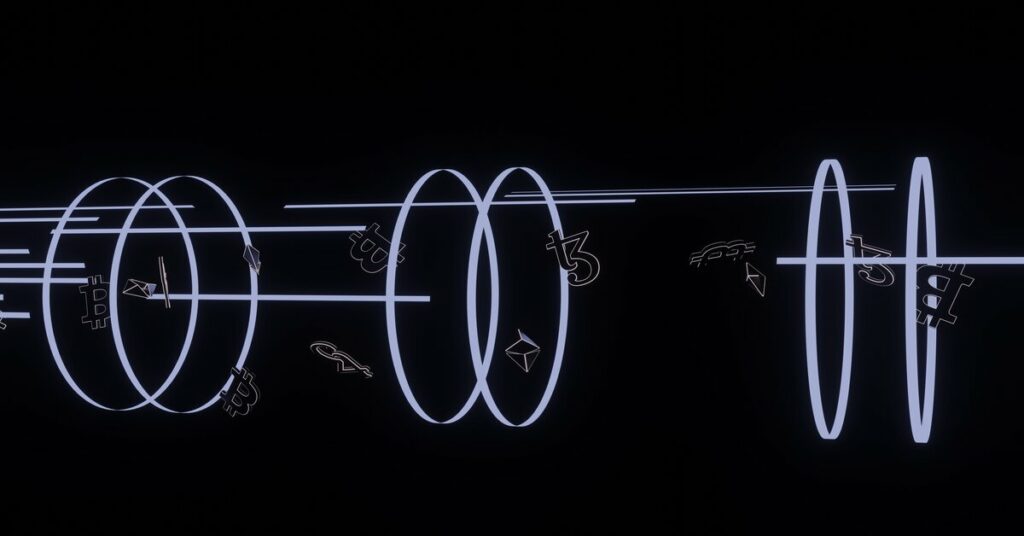
While it’s not impossible to hack into a blockchain, it’s extremely difficult. The fact that they’re decentralized makes them much more resistant to attacks. A hacker would need access to most of the computers in the same distributed ledger in order to launch a successful attack (Possible, but unlikely).
The most popular blockchain networks in the world are public (Bitcoin, Ethereum). This means that they allow anyone with a computer connected to the internet to participate. The more people on a blockchain network, the more secure it tends to be. This is because more people are actively checking for bad nodes and bad actors.
A Brief history of NFTs
Let’s talk NFT history here for a moment before we dive in deeper! Here’s a clear timeline of how NFT’s have developed and evolved over the past decade to what it is today.
2012: Colored coins
Colored coins are considered the precursor to modern-day NFTs. Since the creation of bitcoin in 2009, people have been trying to push the limits of what cryptocurrencies are capable of. One idea was to connect real-world assets to tiny fractions of bitcoins.
These “colored coins” were created by adding metadata to small units of a bitcoin (called satoshi) so that when traded, physical goods could be transferred along with it. Basically speaking, colored coins were an attempt to expand the functionality of bitcoin by marking them to represent real-world assets like coupons, property, shares, subscriptions and, you guessed it, digital collectibles.
While they ultimately failed, colored coins ushered in a new phase of experimentation in the crypto-space. Ultimately laying the groundwork for what would later become fully-fledged NFTs.
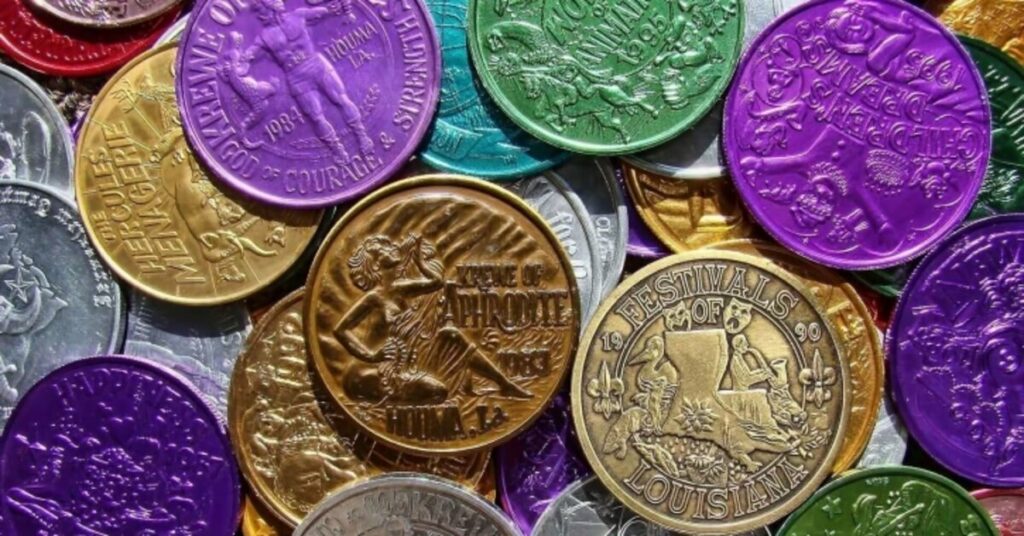
2013: Counterparty
Counterparty is a peer-to-peer financial platform based on the bitcoin blockchain. The next step towards NFTs. Some of its features include a mobile wallet, decentralized exchange, custom-named assets, and bitcoin-aware smart contracts. Counterparty had a decentralized exchange and a vast number of different projects and assets including meme trading.
2015: Spells of Genesis
Everdreamsoft and their partners All 4 Games released Spells of Genesis, the world’s first blockchain-based trading card game in which players were able to earn cryptocurrency.
2016: First memes on the blockchain
In 2016 people started issuing “rare pepes” as assets on the counterparty platform. A rare pepe is a type of meme depicting a frog which is so popular it has its own meme exchange called Rare Pepe Meme Directory.
2017: Ethereum/Perperium and memes
Ethereum is a decentralized open-source blockchain with smart contract capabilities. It boomed in 2017 along with the trading of various types of meme. That same year “Peperium” was launched as a meme marketplace and trading card game that allowed users to create their own memes.
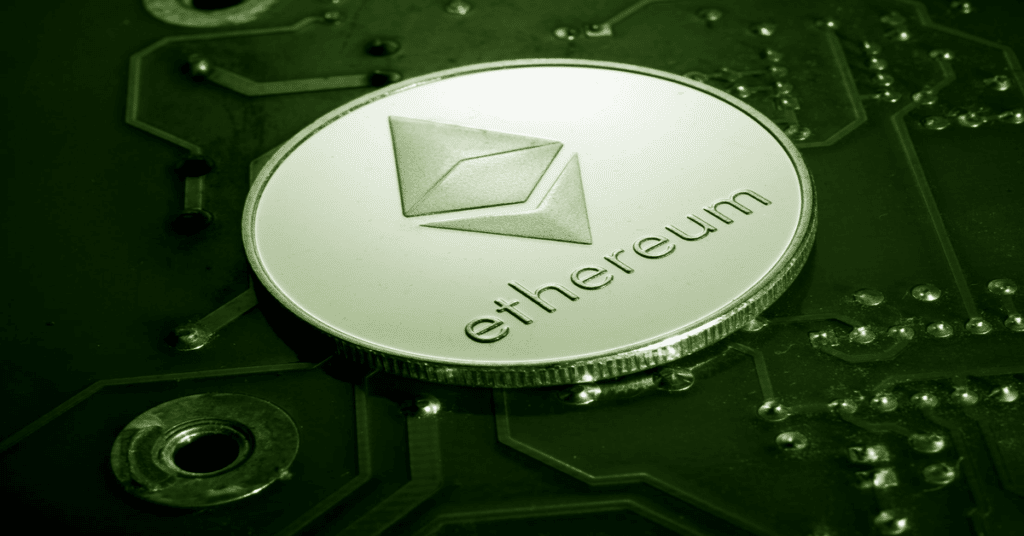
2018-2019: NFT Cambrian explosion
The year 2018 and 2019 saw huge growth in the NFT ecosystem. With more than 100 different projects and more in production and new NFT marketplaces popping up everywhere. Web3 wallets like Metamask made onboarding into the NFT space much easier and marketplaces like SuperRare and OpeanSea paved the way to the NFT boom of 2021.
How do NFTs work: a Q&A Guide
All the controversy around NFTs stems from the fact that it’s virtually impossible to accurately appraise a digital token and assign it appropriate value. It helps to look at NFTs the same way you look at other works of art, such as paintings or sculptures.
You can purchase a painting at a relatively low price point because you see the value in it while nobody else does. The market value of the painting may change in a few months or years. It can drop even lower, making it a poor investment, or skyrocket!
Naturally, you’re hoping for the latter. In the best-case scenario, you can ride your virtual painting to the moon and sell it at a huge profit.
The only major difference between an NFT and a physical work of art is that the former is not tangible. You cannot hang an NFT on your wall. Because of that, holding a virtual token is similar to holding a stock of a company.
You didn’t spend your hard-earned money on it because you thought it would make a great piece of decor. You invested in it because you saw the potential for gains in the future. At the moment, most people invest in NFTs with the intention to sell for a profit.
How can you purchase an NFT?
Purchasing an NFT isn’t so different from buying a pair of jeans from an online store. One exception is that you have to pay for it with cryptocurrency.
Start by buying enough Ethereum to cover the purchase, you can do this on any global cryptocurrency exchange platform, like Coinbase. Then, add your cryptocurrency to your crypto account, also referred to as a digital wallet. Some examples of digital wallets include Metamask (the most popular), Apple Pay, Google Pay and Cash App.
You’re basically putting money in your account, except not in dollars or euros but in cryptocurrency and your account is not tied to any of the major banks.
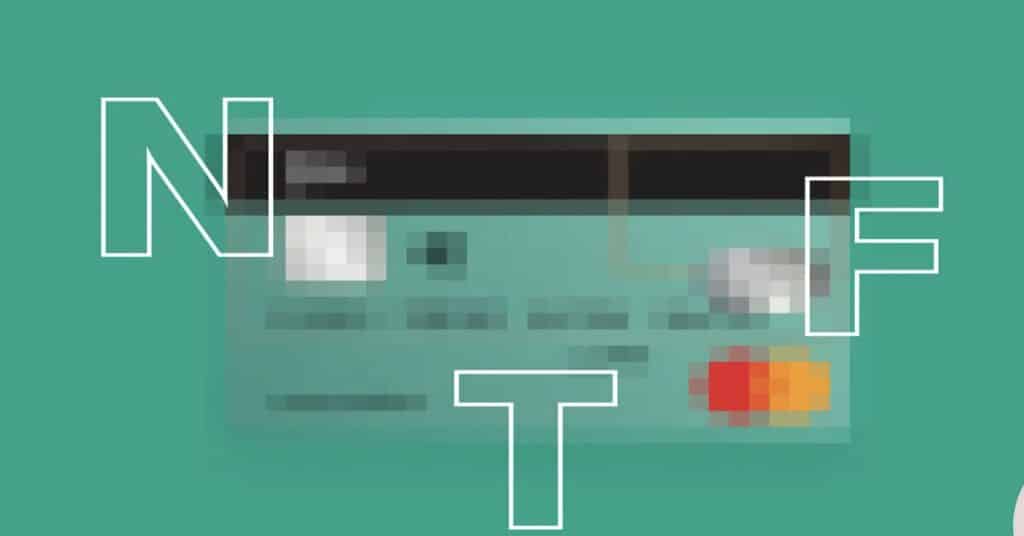
Once you’ve done this, you need to connect your digital wallet to the NFT marketplace you’re using to make your purchase. Think of it as inputting your card details in the Uber app; it is the same principle.
When you’re all set, all you have to do is select the NFT you’d like to own and pay for it. Some NFTs are auctioned off, while others have a fixed price. Once you have enough Ethereum in your digital wallet, you can make a purchase in a matter of minutes.
How are NFTs traded?
A major part of the appeal of NFTs comes from the fact that they can be used to make money. When you buy an NFT, you’re not meant to hold it forever. In fact, it can gain value through changing owners. Naturally, the higher the demand for an NFT, the higher the value.
Tokens can be bought and sold the same way as cryptocurrencies, through the blockchain. There are specialized platforms for NFT trading, so do your research before choosing the right one. With the purchase of a token, you receive a certificate proving that you are now the owner of the token. Your certificate must be kept safe in a digital wallet.
Can NFTs be stolen?
NFTs come in the form of digital files. They can be anything from audio or video to an image. There has been a lot of discourse on the internet regarding the intricacies of owning an image. What if someone takes a screenshot of your NFT? Does it mean they now own it as well?
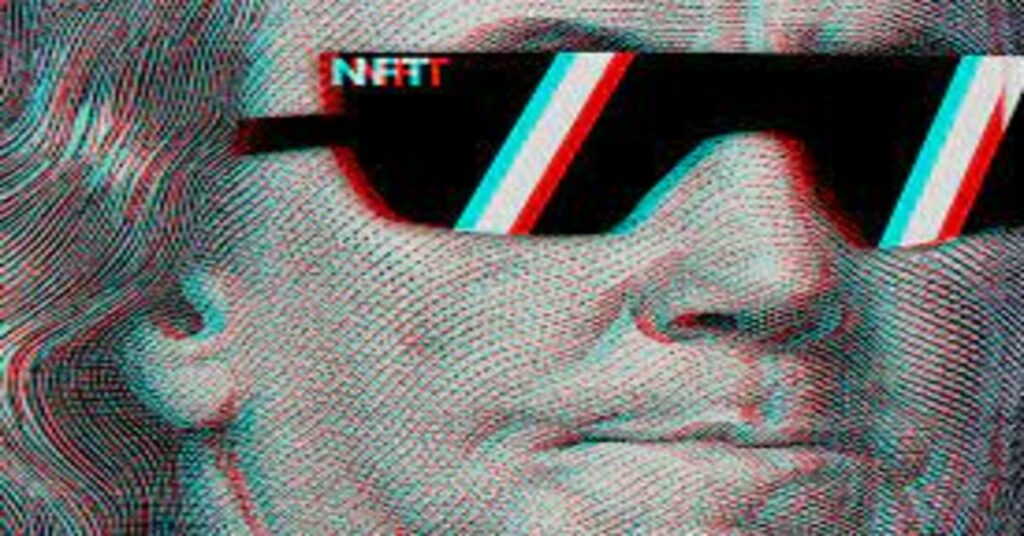
The answer is no. However, the artwork can still be used by other people. You can find images of valuable NFTs on the internet and that doesn’t mean they don’t have an owner. There is virtually no way to regulate the use of an image on the internet.
When you purchase an NFT, you receive an authenticated note stating that you are the sole owner of the artwork. Much like with paintings, people can purchase copies and hang them on their walls, but there is only one original, and it is in your ownership.
What’s the difference between NFTs and cryptocurrency?
NFTs and Cryptocurrencies are both built using blockchain technology and the same core principles. However, it’s helpful to think of NFTs as a subset within the cryptocurrency universe as opposed to an alternative.
Cryptocurrency = fungible
NFTs ≠ fungible.
NFTs are unique assets that use metadata and ID codes to distinguish them from one another. They can not be exchanged for equivalency. Cryptocurrencies, however, are identical to each other and serve as a means for commercial transactions.
Can I buy NFTs without cryptocurrency?
While most people do buy NFTs using cryptocurrency, it’s possible to purchase them using traditional payment methods. Platforms like MoonPay have developed NFT checkout tools that allow people to buy digital collectibles with credit/debit cards.
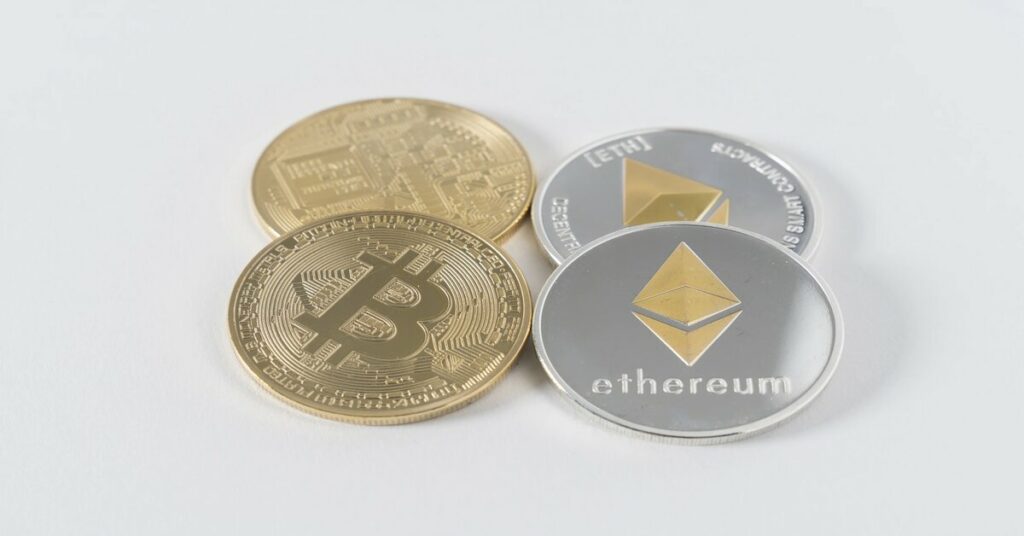
How do I mint my NFT?
Minting refers to the process of publishing your token on the blockchain in order to make it purchasable. This requires access to a blockchain and an NFT marketplace.
To start, you’ll need a digital wallet designed for storing crypto (Rainbow, Coinbase, Metamask) with enough cryptocurrency to cover the cost of the minting. Next, you’ll need to link your wallet to an online marketplace like OpenSea, MakersPlace, or Binance NFT.
Now that your wallet (containing enough crypto) is linked to a relevant NFT marketplace you can start the minting process, providing your file isn’t copyrighted and is compatible with your chosen marketplace.
Continue by selecting “create collectible” as one or more images. At this point, you should be able to add any metadata such as name, price, and description.
After your NFT is created, a small fee will be taken from your wallet by the marketplace. Once you’ve added metadata and published your NFT, it’s considered “minted”. At this point, it can be listed for sale on the marketplace.
The Value of an NFT Explained
The value of an NFT is determined by the shared agreement of what the token is worth.
Tweet
This means that the community surrounding the NFT creates its value. Their uniqueness also contributes to their worth as an investment, but the potential of each NFT varies as much as the value of real-life paintings does.
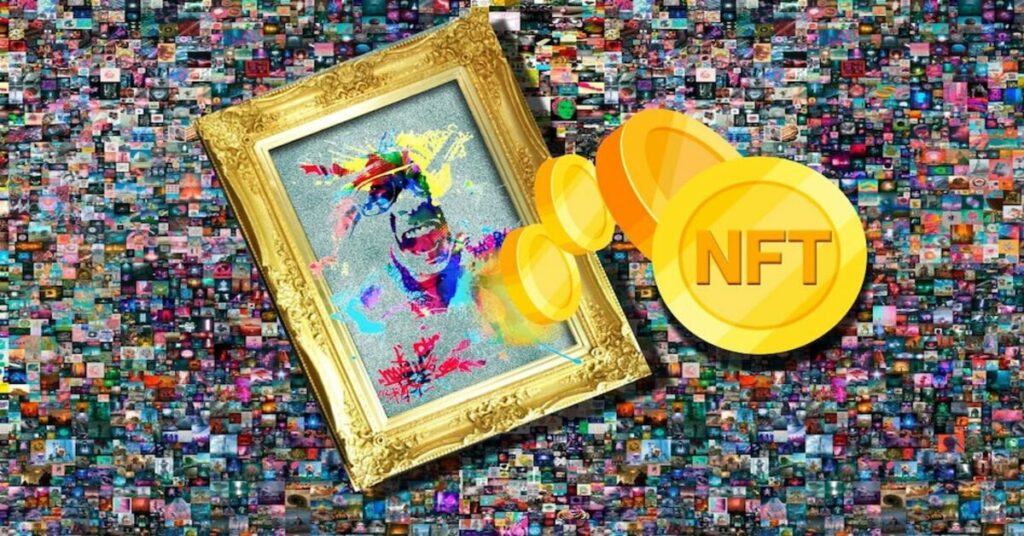
Some other factors to consider include utility, how useful is the NFT, is it likely to become more useful over time? Ownership history, who has owned it in the past, any celebrities?
Rarity, how unique is the token? And liquidity, higher liquidity means higher value. Investors prefer NFT assets that have a high trading volume due to the fact that liquidity lowers the potential risk of holding the NFTs you don’t want.
NFTs Recent popularity Boom
There are several reasons why NFTs have gained so much popularity in the past couple of years. First of all, there’s the novelty element. When cryptocurrencies started blowing up, people the world overran to the blockchain to buy their own. In the same way that people were intrigued by crypto a few years back, they are intrigued by NFTs today.
One thing that makes NFTs really special is that they are very easy to trade. NFT marketplaces are set up in a way that enables quick trading.
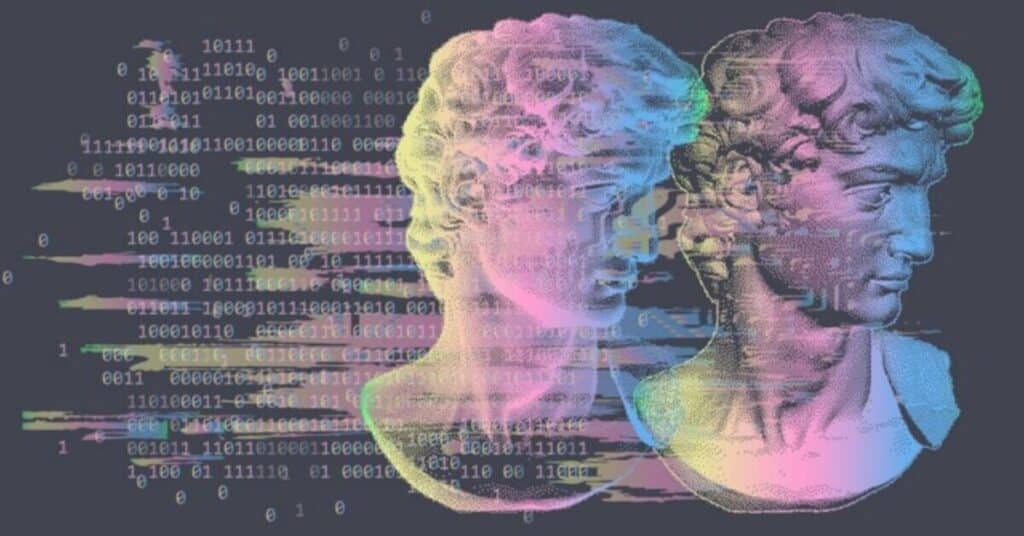
At the same time, there is a lot of potential value in trading non-fungible tokens. Because each token is unique, the supply is very low, making the demand proportionately high.
Once the ownership rights to a token are sold to one individual, those rights are protected and maintained. It is virtually impossible to hack into the system and steal that certificate of ownership from its rightful owner.
The most valued NFT’s
At the end of 2021, Collins dictionary called NFTs its word of the year! Analysts from JPMorgan estimated sales of digital tokens at around $2 billion per month, while the capitalization of the NFT market was worth $7 billion in 2021. The average price of a digital token in January 2020 was just $24.98 and in November 2021 it soared to $913.48.
Meme NFTs
A meme is a concept or behavior that spreads among people through culture. On the internet, this usually takes the form of an image or video with text or another form of digital media commenting on society in a humorous way. These images and videos can be turned into NTFs by providing tokens that serve to authenticate the ownership of these digital files.
Owning meme NTFs has become a craze in recent years. In 2021 a GIF of a cat sold for 580,000 USD while the CEO of twitter’s first-ever tweet sold for 2.9 million.
The potential value of meme NFTs varies wildly depending on the demand for the particular files. Similar to physical artwork, the value of any given NFT depends on the amount buyers are willing to pay for it.
The most expensive NFTs ever sold
Now, let’s consider the three most expensive NFTs sold in 2021 to really understand how big and hot this market is right now!
Everydays: The First 5000 Days
The most expensive digital token ever sold is a collage created by Mike Winklemann, better known as Beeple. It’s made up of 5,000 daily images dating back all the way to 2007! Everydays: The First 5000 Days is believed to start off the craze for NFTs.
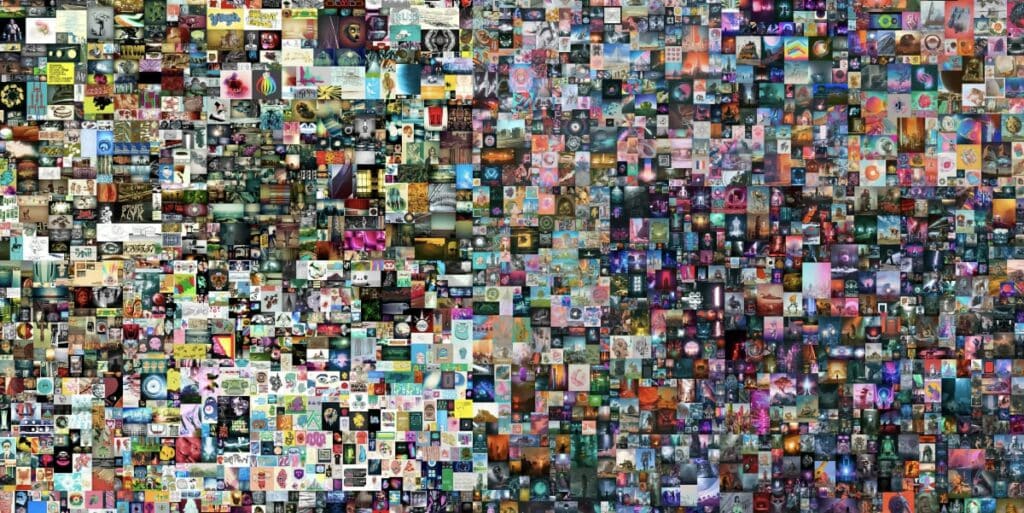
This artwork was purchased at the Christie’s auction for a record-breaking $69.3 million by a cryptocurrency investor from Singapore. Of course, he didn’t get a physical piece, only a digital artifact. This deal turned Beeply from an unknown artist into one of the top three most valuable living artists.
Human One
Mike Winklemann made a killing with his piece of art once again last year. He sold a hybrid physical and digital artwork called Human One for $28.9 million at the Christie’s 21st Century Evening Sale.
It’s a “kinetic video sculpture” that consists of four video screens placed on aluminum metal, dual media servers, and a mahogany wood frame. Video screens continuously display artwork that is designed to evolve over time. With remote access, Beeple has creative control over Human One’s content.
Cryptopunk #7523
Cryptopunks are pixel art characters algorithmically generated on Ethereum’s blockchain back in 2017. They were created by a Canada-based developer duo that initially made them free for anyone.

But over time, crypto punks become part of a rapidly-growing resale market. Now, Cryptopunk #7523 is considered the most unique and expensive. This piece was purchased by Shalom Meckenzie at a Sotheby’s auction for $11.75 million.
Wrapping this NFT up
While it’s still early days for NFTs, the buzz around these enigmatic tokens continues to grow. Their rise in popularity represents a shift in our culture, an alternative way of doing things from investment portfolios to visual art, music to memes. NFTs have changed the world both on and off the internet.
Whether you think the bubble will eventually burst, or that they’re here to stay, ignoring something that makes this much noise in such a short length of time might prove to be a mistake in the long run.
Now, where do you believe NFTs will be in a few years from now? Leave a comment below to share your thoughts, I’d love to hear from you! 👇

